OKX and AICoin, a high-quality data platform, have launched a series of classic strategy studies, aiming to help users better understand and learn different strategies through data measurement and strategy characteristics and other core dimension analysis, and try to avoid blind use.
Funding Rate Arbitrage is an arbitrage strategy widely used in the cryptocurrency market, which aims to make profits by exploiting the difference in funding rates between perpetual contracts and spot markets. The core of funding rate arbitrage lies in exploiting the funding rate mechanism of perpetual contracts. Perpetual contracts are derivative contracts without expiration dates, and funding rates are used to balance the difference between contract prices and spot prices. Funding rates can be positive or negative, depending on the supply and demand relationship in the market. When the funding rate is positive, longs pay funding fees to shorts; conversely, when the funding rate is negative, shorts pay funding fees to longs.
Arbitrage Strategy Operation:
•Forward Arbitrage: When the funding rate is positive, traders can obtain funding income by buying spot and shorting the same number/amount of perpetual contracts.
•Reverse Arbitrage: When the funding rate is negative, traders can borrow coins to sell spot and go long the same number/amount of perpetual contracts to obtain funding income.
This arbitrage strategy usually settles funding every 8 hours, but in extreme market conditions, the settlement frequency may be higher to curb excessive speculation.
The 04th strategy test will introduce the funding arbitrage strategy, and 3 big data models are used for testing:
Model 1: Funding arbitrage of BTC and ETH under sideways fluctuations
Model 2: Funding arbitrage of BTC and ETH under falling market conditions
Model 3: Funding arbitrage of BTC and ETH under rising market conditions
This period's data test operation standards:The opening condition is that the spread rate is greater than 0.05% and the funding rate is greater than 0; the closing condition is that the spread rate is less than -0.05%.
Funding arbitrage in one sentence:Funding arbitrage is suitable for traders who want to gain returns with relatively low risk in the cryptocurrency market, and is also suitable for professionals with certain market analysis capabilities and trading experience.
Pros and cons comparison

Specifically, the applicable groups of funding fee arbitrage mainly include the following categories:
1) Traders seeking stable returns: Funding fee arbitrage is generally considered a relatively low-risk strategy, suitable for traders who hope to gain income through stable cash flow. Such traders may be cautious about the volatility of the cryptocurrency market, and therefore prefer to achieve relatively low-risk returns through arbitrage strategies.
2) Professional traders and risk managers: Since funding arbitrage involves complex market analysis and real-time trade execution, it usually requires certain market knowledge and experience. Therefore, professional traders and risk managers are the main target groups for this strategy. They are able to use the differences in funding rates in the market to conduct precise trading operations, thereby locking in profits.
3) Traders who want to use idle funds: For those traders who hold idle funds (such as USDT), funding arbitrage provides a way to use these funds to obtain additional income. Such traders may be on the sidelines of the current market price, but hope to gain income through arbitrage.
However, although funding arbitrage is a relatively low-risk strategy, there are still some risks that need to be paid attention to:
1) Market volatility risk: The high volatility of the cryptocurrency market may cause sharp price fluctuations, which in turn affect changes in funding rates. Such fluctuations may make arbitrage operations difficult to make a profit, or even lead to losses.
2) Liquidity risk: Liquidity and trading volume may vary between exchanges. Low liquidity may lead to a widening of the bid-ask spread, increasing transaction costs and reducing potential profits. In addition, low liquidity may make it difficult to execute transactions, and market orders may result in significant price slippage.
3) Risk of changes in funding rates: Funding rates are not fixed and may fluctuate with changes in market supply and demand. When the direction of funding rates changes unfavorably, it may be necessary to adjust or close positions in a timely manner to avoid losses.
4) Transaction costs: Arbitrage operations involve multiple transactions, and each transaction incurs a handling fee. These fees may erode arbitrage profits, especially in the case of frequent transactions.
5) Operational risk: Arbitrage strategies require simultaneous transactions in different markets to ensure that orders can be traded at the same quantity and price. Any operational errors or delays may lead to arbitrage failure.
However, although the funding arbitrage strategy is considered to be relatively low-risk, traders still need to conduct sufficient market research and risk management to minimize potential risks and optimize returns. Funding arbitrage has several advantages:
1) Stable income: Funding arbitrage is a market-neutral strategy that earns funding rates by holding hedge positions, allowing traders to obtain stable income regardless of market price fluctuations. This strategy is similar to a money market fund and is suitable for traders who want to obtain a stable cash flow.
2) Lower risk: Compared with high-risk leveraged futures trading, funding arbitrage has a lower risk because it does not rely on market price predictions, but instead uses differences in funding rates to make profits. This strategy reduces market risk by hedging positions in spot and perpetual contracts.
3) Market Neutrality: Funding arbitrage is a market neutral strategy, meaning it can work in bull, bear, or sideways markets. Traders focus on the difference between funding rates rather than overall price movements, which makes the strategy flexible in any market conditions.
4) Exploiting Market Inefficiencies: The strategy is able to exploit temporary inconsistencies in funding rates in the market to capture additional gains through this short-term inefficiency, which are not possible with traditional trading.
5) Flexibility: Funding arbitrage strategies allow traders to operate on different cryptocurrencies and stablecoins, providing flexible trading options. In addition, traders can arbitrage the differences in funding rates between different exchanges, further increasing potential returns.
Overall, funding arbitrage has become the preferred strategy for many traders seeking stable returns in the cryptocurrency market due to its stable returns, lower risks, and market neutrality.
Model 1
This model is: BTC and ETH funding arbitrage under sideways fluctuations
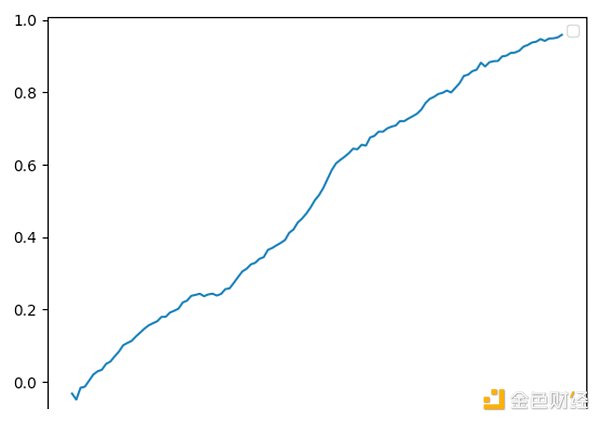
Picture 1: BTCUSDT perpetual and BTCUSDT spot funding arbitrage; Source: AICoin
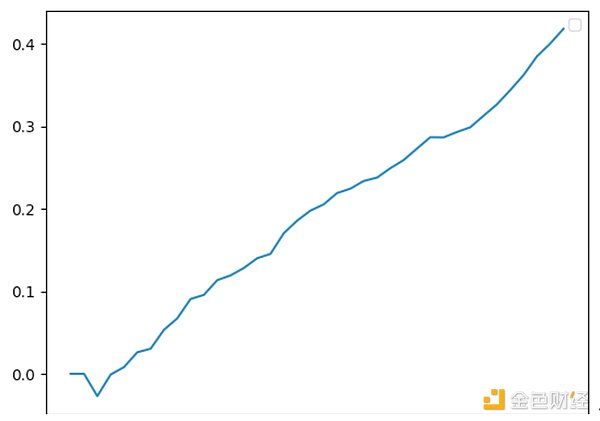
Picture 2: BTCUSDT perpetual and BTCUSDT spot funding arbitrage; Source: AICoin
 funding arbitrage Source: AICoin
funding arbitrage Source: AICoin
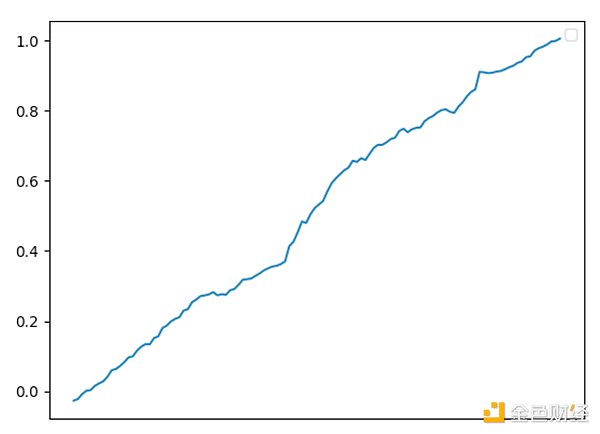
Picture 3: ETHUSDT perpetual and ETHUSDT spot funding arbitrage Source: AICoin
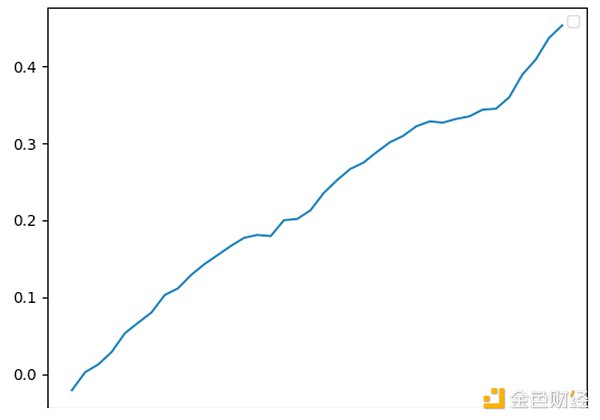
Image 4: ETHUSDT perpetual and ETHUSDT spot funding arbitrage; Source: AICoin

Model 2
This model is: BTC and ETH funding arbitrage in a falling market
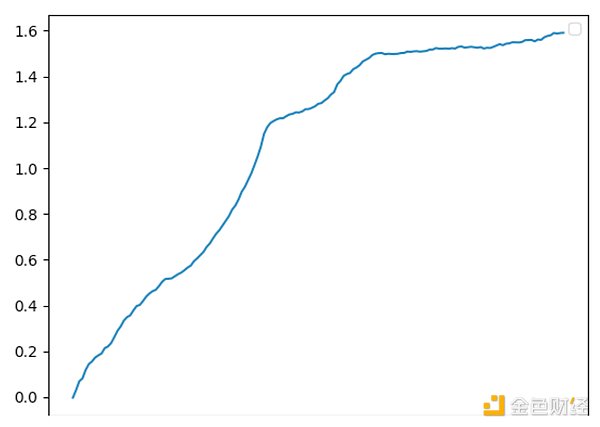
Image 5: BTCUSDT perpetual and BTCUSDT spot funding arbitrage; Source: AICoin
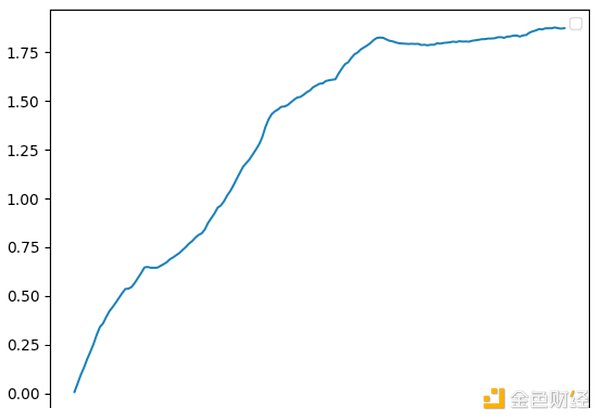
Image 6: ETHUSDT perpetual and ETHUSDT spot funding arbitrage; Source: AICoin

Model 3
This model is: BTC and ETH funding arbitrage in rising market conditions
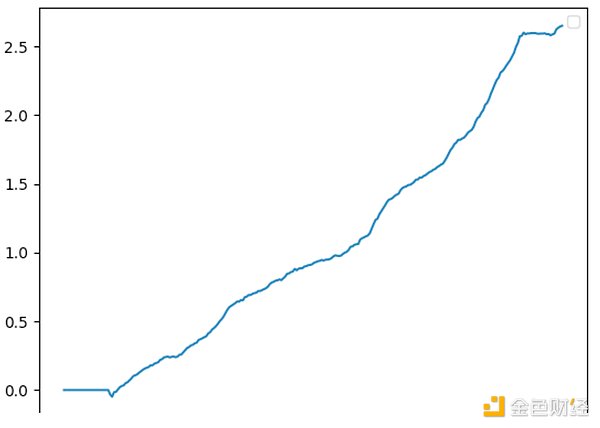
Image 7: BTCUSDT perpetual and BTCUSDT spot funding arbitrage; Source: AICoin
Image 8: BTCUSDT perpetual and BTCUSDT spot funding arbitrage; Source: AICoin

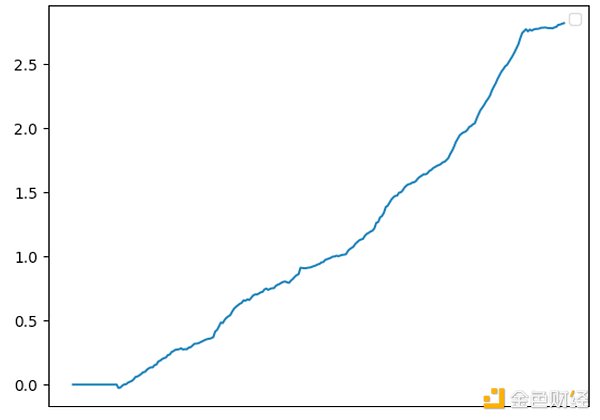
Picture 9: ETHUSDT perpetual and ETHUSDT spot funding fee arbitrage; Source: AICoin
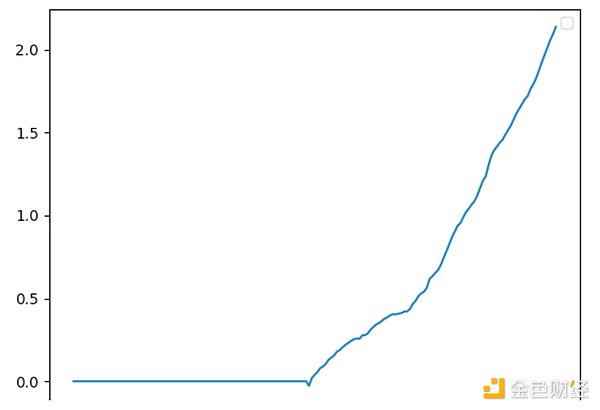
Image 10: ETHUSDT perpetual and ETHUSDT spot funding arbitrage; Source: AICoin

Analysis and Summary
Compare the funding arbitrage performance of the three models from different dimensions such as return performance, annualized rate of return, and market adaptability
Return performance: Model 3 provides the highest total return and annualized rate of return in the rising market, reflecting that in the bull-dominated market, funding arbitrage can effectively capture price difference opportunities. Model 2 also performs well in the falling market, especially ETH, showing the adaptability of the strategy in different market environments. The return of model 1 in the sideways market is relatively low, reflecting that there are fewer arbitrage opportunities in the market with limited price fluctuations. This may be because the price volatility is low, the funding rate is relatively stable, and the market participants are more cautious in the sideways market.
Annualized rate of return:Model 2 has outstanding annualized rate of return in the falling market, especially ETH, indicating that in the market dominated by shorts, funding arbitrage can still maintain a high level of return. The annualized rate of return of model 1 during the sideways period is relatively low, showing the impact of the market environment on the arbitrage strategy.
Market adaptability:The funding arbitrage strategy can play a role in different market cycles (up, down, sideways), but the return level and performance are obviously affected by the market environment. Models 2 and 3 perform better than Model 1, indicating that in a market environment with large price fluctuations, the funding arbitrage strategy has more profit potential.
From the above analysis, the fund management strategy shows strong flexibility and adaptability in different market cycles. In a market dominated by longs or shorts, the strategy can effectively reduce potential risks and maintain stable returns. In a volatile or sideways market, although the benefits are relatively low, it can still provide a certain degree of stability in returns. Traders should always pay attention to changes in the market environment and adjust the corresponding strategies to maximize returns.
In short, this strategy performs well in various market conditions. In a bullish or bearish market, it can relatively reduce risks and maintain stable returns. In a volatile market, it can provide reliable performance despite low returns. Traders only need to adjust their strategies according to market changes to maximize their returns.
OKX&AICoinFunding Arbitrage
Currently, OKX strategy trading provides convenient and diverse strategy varieties.
Among them, arbitrage generally refers to the use of hedging or swaps to earn the spread between different markets with extremely low risks. Common arbitrage trading methods include funding rate arbitrage, futures arbitrage, and period arbitrage.
Arbitrage users need to observe two markets in real time and place orders at the same time in arbitrage transactions, and the two orders need to be executed at the same time as much as possible to avoid slippage. Therefore, OKX provides this strategy tool to assist users in improving efficiency and transaction accuracy when arbitrage. In actual arbitrage, users can choose a suitable arbitrage combination based on the arbitrage order information calculated by the platform. OKX arbitrage order quick entry: https://www.okx.com/zh-hans/trade-spot-strategy/btc-usdt
How to access more strategy transactions on OKX? Users can enter the "Strategy Trading" mode in the "Trading" section through the OKX APP or official website, and then click on the Strategy Square or Create Strategy to start the experience. In addition to creating strategies by themselves, the Strategy Square currently also provides "high-quality strategies" and "high-quality strategies with strategy members", and users can copy strategies or follow strategies.
OKX strategy trading has multiple core advantages such as simple operation, low handling fees and security. In terms of operation, OKX provides intelligent parameters to help users set trading parameters more scientifically; and provides graphic and video tutorials to help users quickly get started and master them. In terms of fees, OKX has comprehensively upgraded the fee rate system, significantly reducing user transaction fees. In terms of security, OKX has a security team composed of top global experts, which can provide you with bank-level security protection.
How to access AICoin's funding arbitrage strategy? In the left sidebar of the AICoin product, users can find "Arbitrage Robot" under the "Strategy" option. After clicking to enter the interface, in the "Arbitrage Opportunities" tab at the top, users can choose funding arbitrage strategies such as "Automatic Earning Coins", "Forward Arbitrage" or "Reverse Arbitrage"
Disclaimer
This article is for reference only and represents only the author's views, not the position of OKX. This article does not intend to provide (i) trading advice or trading recommendations; (ii) offers or solicitations to buy, sell or hold digital assets; (iii) financial, accounting, legal or tax advice. We do not guarantee the accuracy, completeness or usefulness of such information. Holding digital assets (including stablecoins and NFTs) involves high risks and may fluctuate significantly. You should carefully consider whether trading or holding digital assets is suitable for you based on your financial situation. Please consult your legal/tax/trading professional for your specific situation. Please be responsible for understanding and complying with local applicable laws and regulations.
 JinseFinance
JinseFinance
 JinseFinance
JinseFinance JinseFinance
JinseFinance JinseFinance
JinseFinance Hui Xin
Hui Xin Others
Others Others
Others Bitcoinist
Bitcoinist Nulltx
Nulltx Nulltx
Nulltx Cointelegraph
Cointelegraph